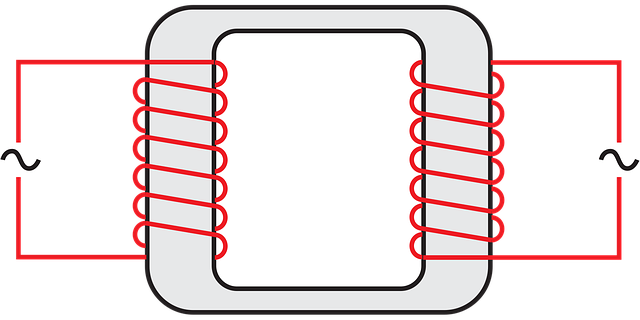What is an ideal electrical power transformer?
An ideal electrical power transformer is a device designed to efficiently transfer electrical energy between two or more circuits through electromagnetic induction. In its ideal form, a transformer exhibits characteristics that maximize its performance and effectiveness in power transmission.

The primary function of an electrical power transformer is to alter the voltage level of alternating current (AC) while maintaining the frequency of the input signal. This transformation of voltage is crucial for minimizing energy losses during long-distance power transmission and for adapting electrical systems to varying voltage requirements.
An ideal transformer is characterized by several key features. Firstly, it achieves perfect efficiency, meaning that the power input equals the power output, with no losses due to resistance, hysteresis, or eddy currents. This ideal efficiency ensures that the transformer operates at its highest possible energy-transfer capability.
Additionally, an ideal transformer has a unity power factor, implying that the input and output currents are in perfect phase alignment. This ensures that the transformer does not introduce any lag or lead in the power factor, enhancing its compatibility with power systems.
Furthermore, the core material of an ideal transformer possesses infinite permeability, allowing it to effectively channel magnetic flux and reduce losses associated with magnetic hysteresis. The windings exhibit zero resistance, contributing to the overall efficiency of the transformer.
An ideal transformer is a theoretical transformer, practical transformers may not attain these ideals due to real-world constraints, engineers strive to approach these characteristics to enhance the overall efficiency and reliability of power transmission systems.